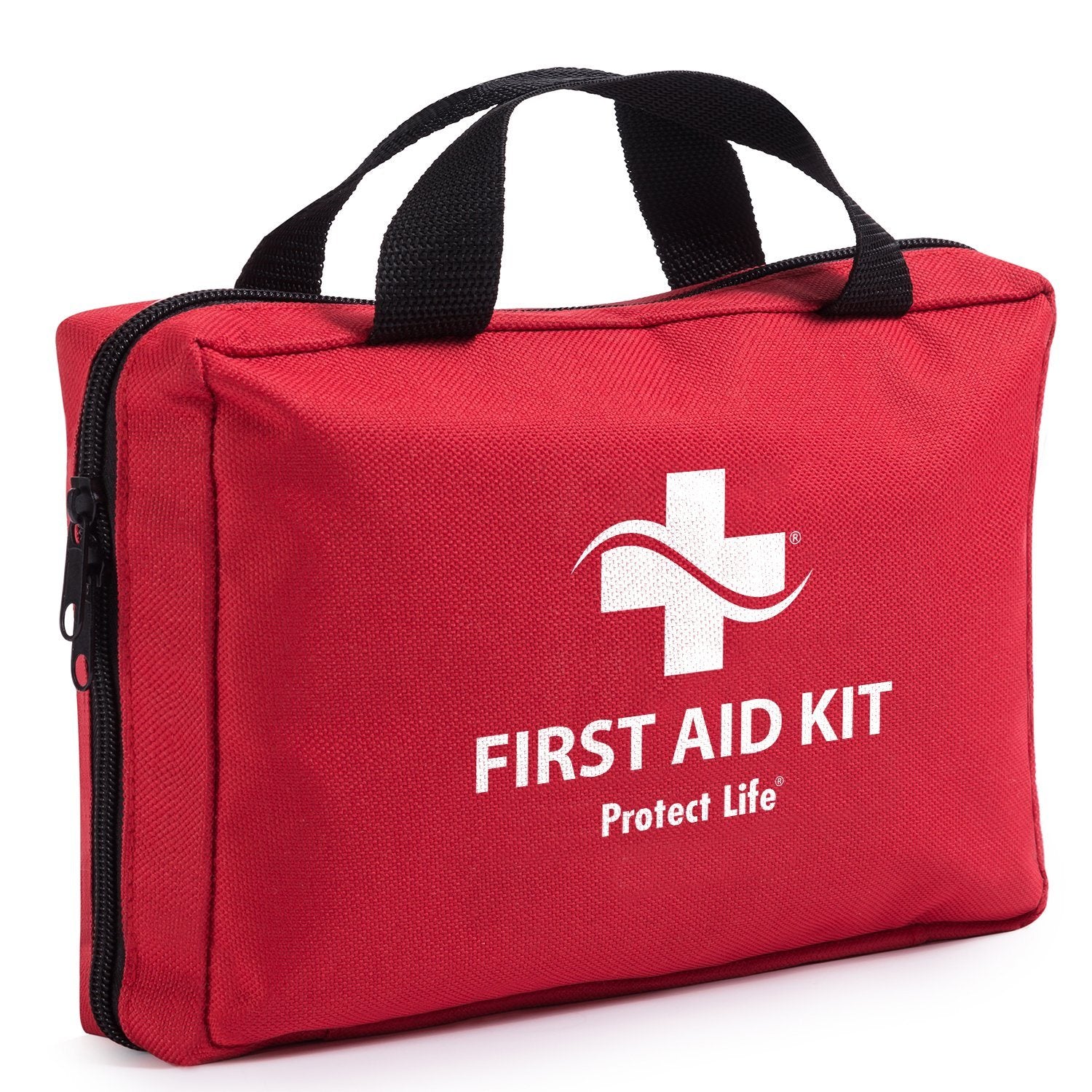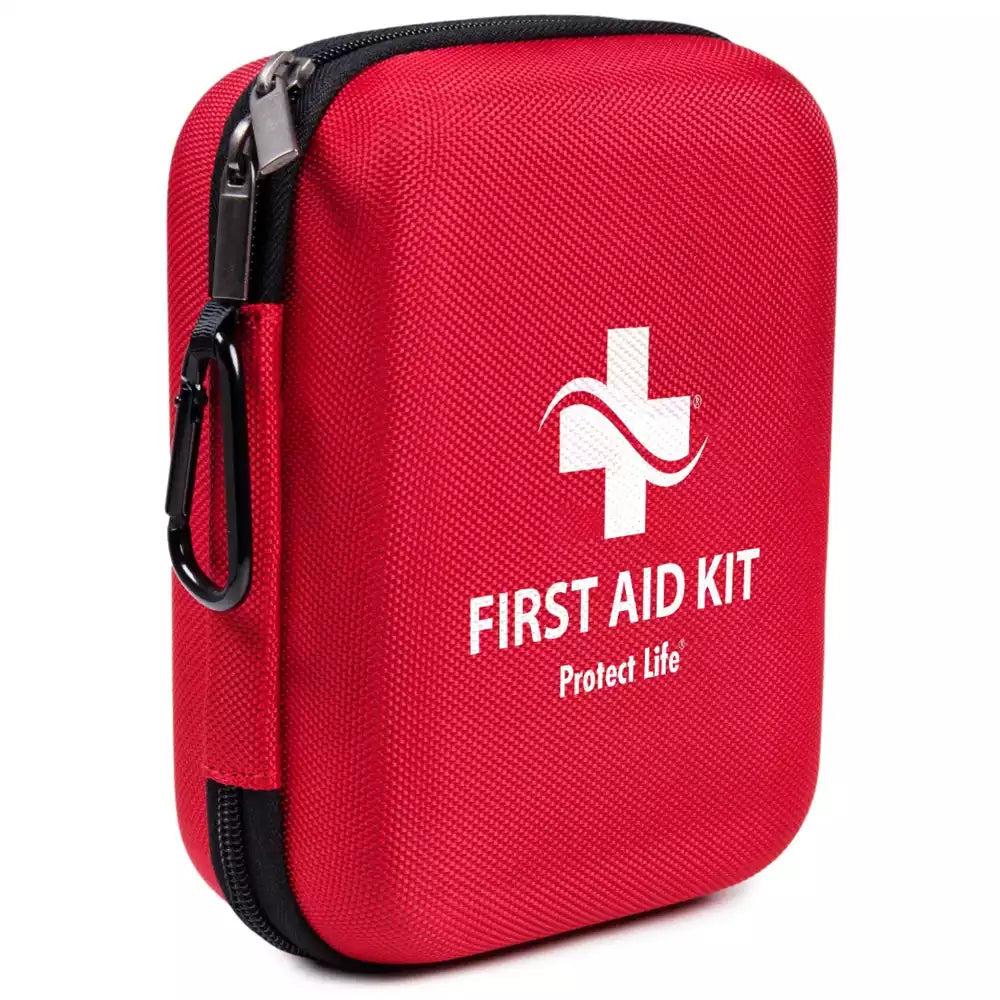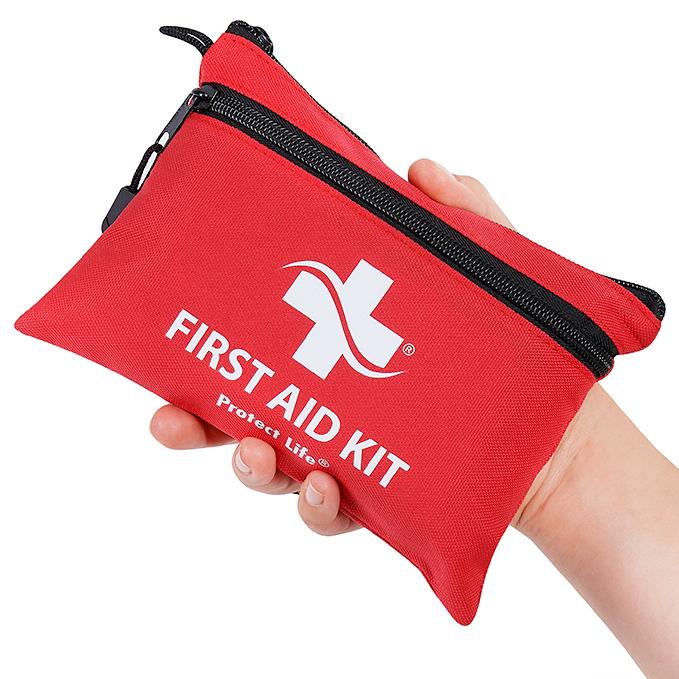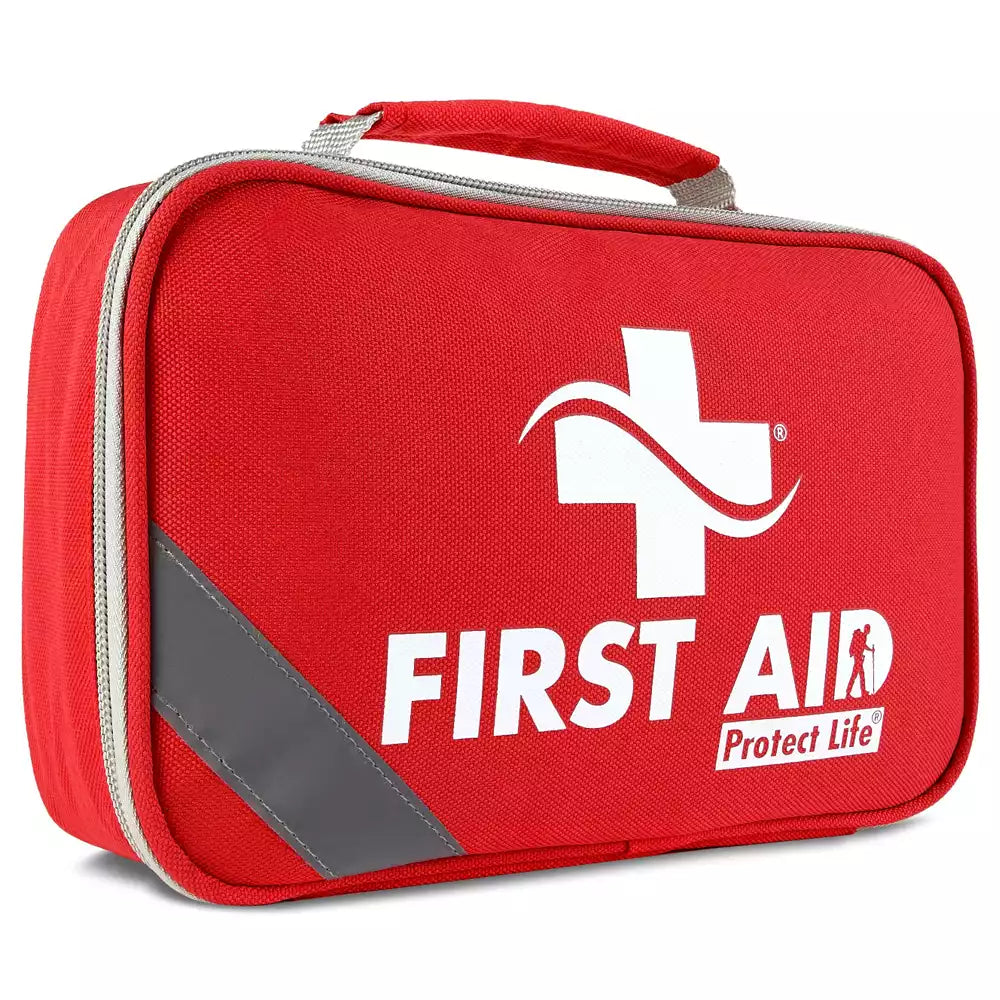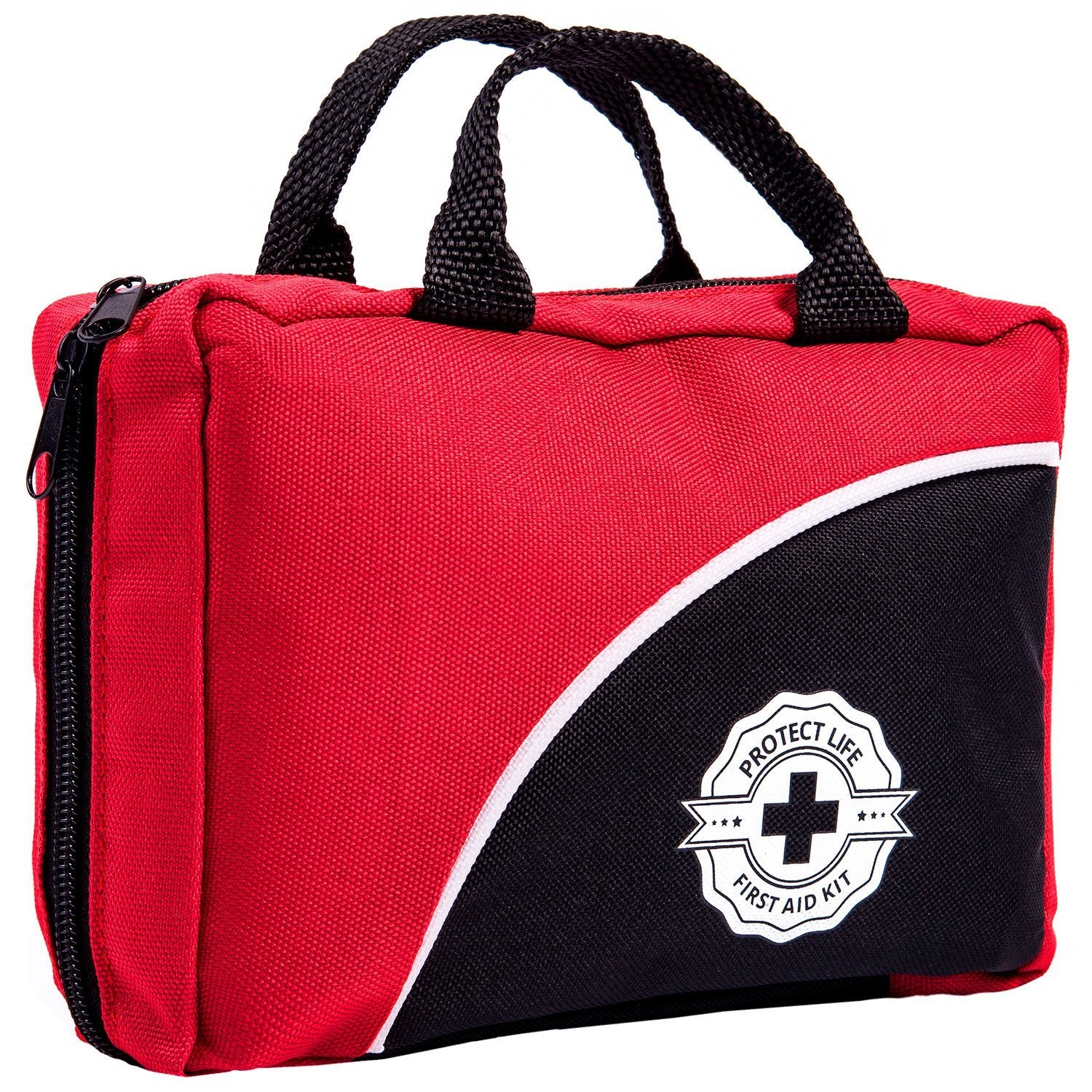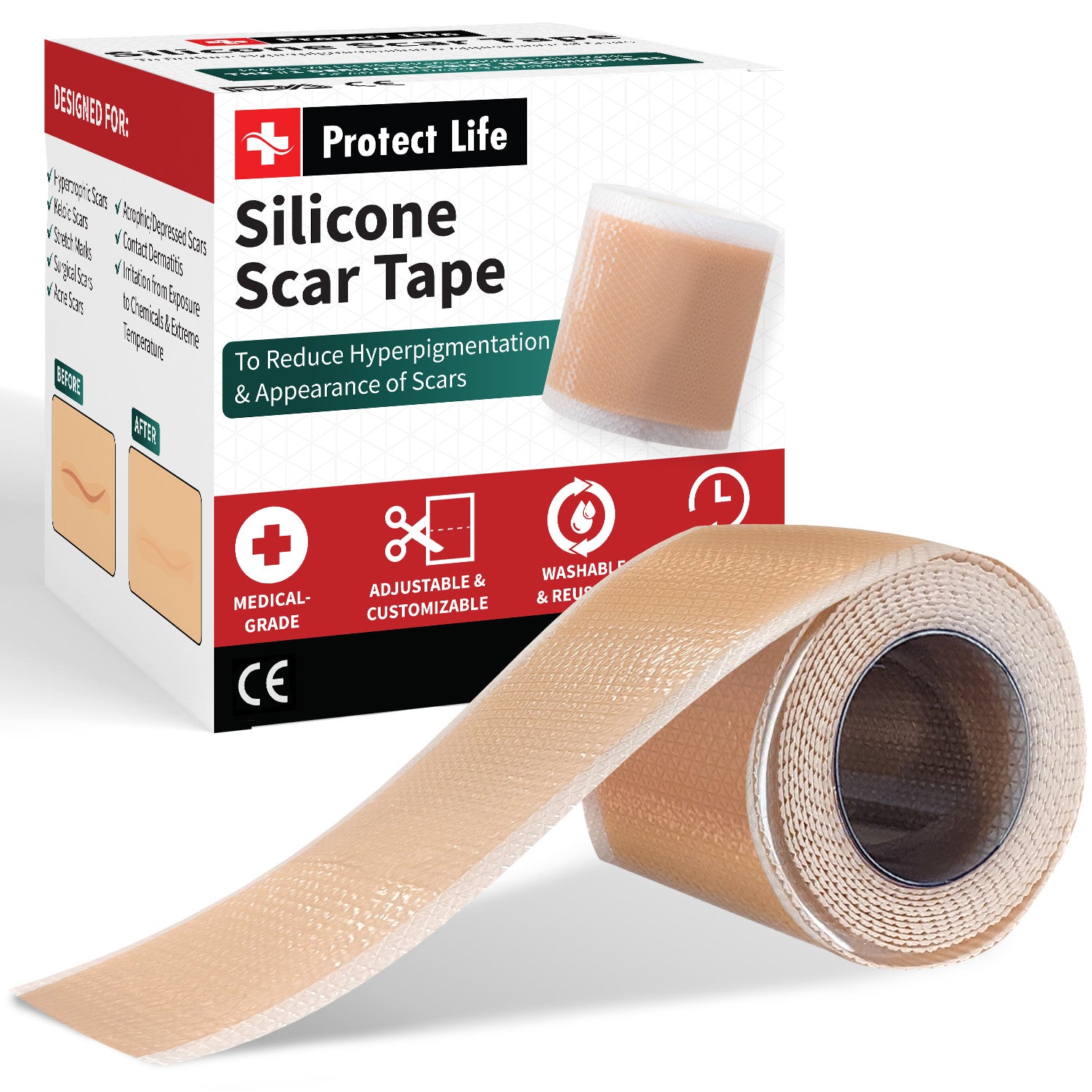Read our safety tips from our Protect Life survival specialists!
It is estimated that approximately 600 million people worldwide live near one or more volcanoes. In the United States, there are about 169 volcanoes that have a history of erupting. About 60 of them are found in sparsely populated areas of Alaska. But other volcanic regions, like the Cascade Mountain range in Washington State, Oregon, and California, are located near heavily populated cities. And the entire state of Hawaii is composed of islands formed by volcanic mountains, about half of which are still active.
People who live in or near volcanic regions need to plan and prepare for the possibility of an eruption at any time. People visiting or vacationing near volcanoes should also be appropriately prepared to act if an eruption occurs. Protect Life survival specialists have tried to cover in almost all the things you can do to be prepared if a nearby volcano erupts.

Health Threats from Volcanic Eruptions
Thousands of people in recent history have died from volcanic blasts. The most common cause of death from a volcano is suffocation. Volcanic eruptions can result in additional threats to health, including floods, mudslides, drinking water contamination, and wildfires.
Protecting your health and your family's health should be the most important aspect of a volcanic eruption as you can be exposed to infectious diseases, respiratory issues, burns or injuries caused by falls. Car accidents that are related to the natural conditions caused by volcanic eruptions are also very common.
Exposure to volcanic ash can be harmful. Small children, the elderly and anyone who has a respiratory condition might have problems as the ash particles might contain crystalline silica, a material that causes a respiratory disease called silicosis. Small, abrasive ash particles can scratch the cornea or front of the eye.
Normally, the gases are usually blown away quickly; however, for the people living close to the volcano in the lower areas may be exposed to levels which can affect their health.
Low levels of gases usually irritate the eyes, nose or even your throat. High gas levels are very dangerous, as they can cause headaches, dizziness, rapid breathing, throat swelling and/or spasms and also suffocation.

Being Prepared for an Eruption
How can you protect yourself and your family from the dangers of a volcanic eruption? The most important thing is be-be prepared and also always to follow the advice of local officials who will inform you of being prepared for a volcanic eruption and how to evacuate or take shelter if needed.
One of the first things you should do when preparing for a potential volcanic eruption is to develop an evacuation plan for yourself, your family and others in your household. Review the plan, and make sure that everyone understands where they should go under what circumstances.
You can also put together an emergency supply kit. Supplies should include the following:
o Flashlight and extra batteries
o Emergency food and water
o Manual (non-electric) can opener
o Essential medicines
o Sturdy shoes
o Respiratory (breathing) protection
o Eye protection (goggles)
o Battery-powered radio

If You are Told to Evacuate
Living near a known active or dormant volcano means being ready to evacuate at a moment's notice. If a volcanic eruption occurs, always follow the orders of the authorities and immediately evacuate the volcano area to protect yourself from harmful hot gases, lava flows, flying debris or lateral blasts. Stay away from low-lying areas or river valleys. Remember to help anyone who might need special assistance, such as small children, seniors or people with disabilities.
The Federal Emergency Management Agency (FEMA) suggests people take the following steps as they prepare to evacuate:
o Tune in on your local radio/ television to be constantly updated and listen to disaster sirens and warning signals.
o Get your emergency plan, and gather your emergency supplies. Be sure to pack at least a one-week supply of prescription medications.
o Pack the following items in your vehicle: your first aid kit, food, flares, booster cables, maps, tools, a pack of disposable dust masks, a fire extinguisher and sleeping bags.
o Make sure there is enough gasoline in your vehicle.
o If you don't have a car, you can make arrangements with friends, family, neighbors or follow the authorities' instructions on where you can obtain transportation.
o Put livestock in an enclosed area. If you plan to take your pets, you should be aware that many emergency shelters cannot accept animals so try to bring them in their special cages.
o Take your water and fill with clean water as many containers you can, including your sinks and bathtubs for an extra supply.
o Adjust the thermostat on refrigerators and freezers to the lowest temperature possible as if the power goes out, the food can stay cool for a longer period of time.
o Take only the essential items with you.
o Follow the official evacuation route as other roads may be blocked and prepare for heavy traffic and delays.
If You Have to Take Shelter Where You Are
Sometimes authorities will recommend that people take shelter where they are during a volcanic eruption. FEMA recommends the following steps to take if you are told to take shelter where you are:
o Keep updated with the official announcements, until you are informed that all is safe and you can evacuate the area. Some areas may be evacuated first as they might at a greater risk than others. Trust your local authorities.
o Close and lock all windows and outside doors.
o Turn off all heating and air-conditioning systems and fans.
o Close the fireplace damper.
o Organize your emergency supplies, including your first aid kit and make sure everyone you are sheltered with knows where the supplies are kept.
o Go to an interior room in the building without windows that is above ground level.
o Take your pets with you and make sure to bring additional food and water supplies for them. If they are injured, you can use your first aid kit to help them.
o Call your emergency contact (a friend or family member who does not live near the volcano) and let them know where you are. Have the phone available if you need to report a life-threatening condition.
Protection From Falling Ash
The following tips can protect you from the harmful effects of falling ash during and after a volcanic eruption:
o Stay away from areas downwind from the volcano to avoid volcanic ash.
o Stay indoors until the ash has settled unless there is a danger of the roof collapsing.
o If you have any type of respiratory issues, avoid contact with any amount of ash.
o Wear long-sleeved shirts and long pants and protect your eyes with goggles or eyeglasses.
o Always use a dust mask, an N95 particulate respirator to breathe safely.
o Close any opening in your house that might expose you to the ash: doors, windows, chimneys or furnaces, air conditioners, fans, and all vents.
o Avoid running car or truck engines. Driving can stir up volcanic ash that can clog engines, damage moving parts, and stall vehicles.
o Avoid driving in heavy ash fall unless required. If you have to drive, keep the speed down to 35 miles per hour or slower.

Returning Home After an Eruption
Returning home after a volcanic eruption can be both physically and mentally challenging. FEMA recommends the following safety tips:
o Keep a battery-powered radio with you so you can listen for emergency updates and news reports.
o Use a battery-powered flashlight to inspect a damaged home. Turned on your flashlight outside as the battery may produce a spark that can ignite any leaking gas if present.
o Watch out for wildlife and other animals, especially poisonous snakes. Use a stick to poke through debris.
o Call the emergency lines only to report life-threatening emergencies.
o Stay off the streets. If you must go out, keep your eyes open for any fallen objects, electrical wires and unstable walls, bridges or roads.
Before you enter your home, you should walk carefully around the outside and check for loose power lines, gas leaks and structural damage. If you have any doubts about safety, it is better and safer to call a professional to inspect your residence, before entering the house. Do not enter the residence if you smell gas, if floodwaters remain around the building, or if the home was damaged by fire and the authorities have not declared it safe.
Even if everything seems righty, enter carefully and check for any visible damage. Mind your steps, as there can be loose boards or slippery floors. The following are other things to check inside your home:
o Natural gas: Open a window and leave immediately if you smell gas or hear a hissing or blowing sound. Turn off the main gas valve from the outside if you are able. Call the gas company from a neighbor's residence. If you have shut down the gas supply at the main valve, take into account that you will need a professional to turn it back on. Do not smoke inside or use any oil or fire-related lighting devices until you make sure there is no leaking gas or other flammable materials present.
o Sparks and/or broken or frayed wires: Check the electrical system unless you are wet, standing in water or unsure of your safety. If it is safe for you to do it, turn off the electricity at the main fuse box or circuit breaker. For extra safety, you can ask an electrician to inspect your wiring.
o Roof, foundation and chimney cracks: Leave immediately if it looks like the building may collapse.
o Appliances: Have appliances checked by an electrician as well as the entire electrical system before turning the power back on. If the appliances are wet, turn off the electricity and let them dry out before calling a professional.
o Water and sewage systems: If the pipes are or seem damaged, turn off the main water valve. Before using the water, check with your local authorities as it could be contaminated. It is recommended to test your water before drinking it.
o Food: Get rid of all the food and any other supplies that might have been contaminated or came in contact with floodwater.
o Your basement: If your basement has flooded, pump it out gradually (about one-third of the water per day) to avoid damage.
o Call your insurance agent: Take pictures of the damage. Keep good records of repair and cleaning costs.



